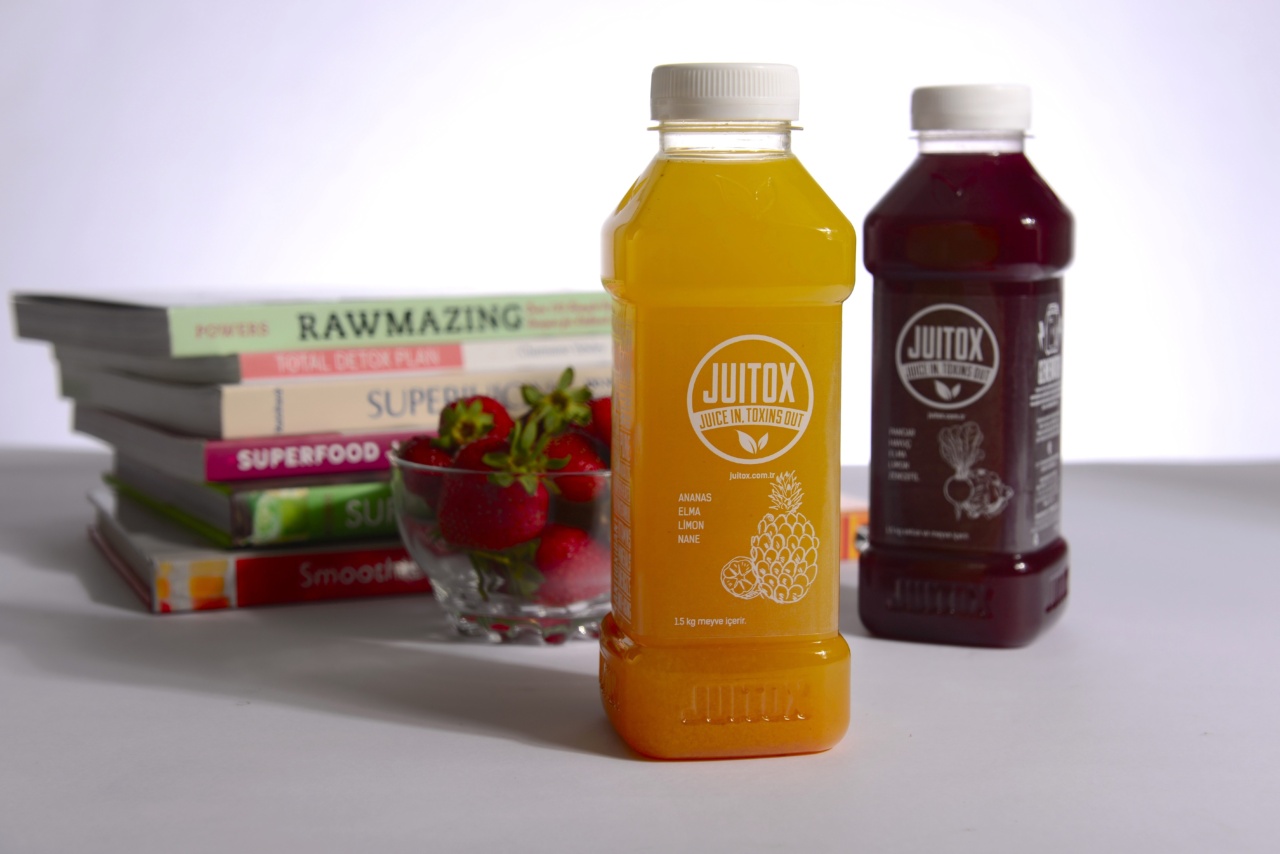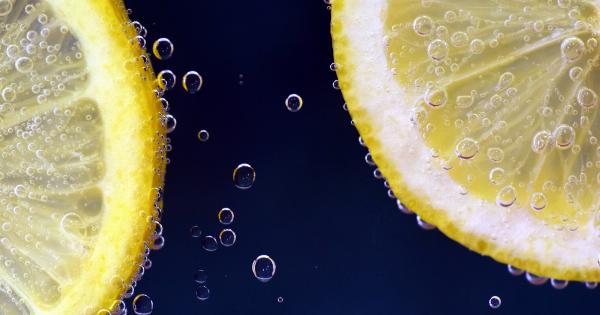Hypertension, commonly known as high blood pressure, is a chronic condition that affects millions of individuals worldwide. It is a leading risk factor for cardiovascular diseases, including stroke and heart attack.
Managing hypertension involves a combination of medication, lifestyle modifications, and dietary changes. In recent years, there has been growing interest in natural approaches to help control blood pressure, and anti-hypertensive juices have emerged as a potential solution.
This article explores the benefits of anti-hypertensive juice for better vascular function.
Understanding Hypertension
In order to understand the impact of anti-hypertensive juice on vascular function, it is important to first comprehend the basics of hypertension.
Blood pressure is the force exerted by the blood against the walls of the arteries as it is pumped around the body. Hypertension occurs when this pressure consistently remains high, putting strain on the blood vessels and damaging them over time.
Hypertension is often referred to as the “silent killer” as it typically does not cause any noticeable symptoms until it has reached advanced stages.
However, uncontrolled hypertension can have severe consequences and increase the risk of heart disease, kidney disease, and stroke.
The Role of Vascular Function
Vascular function refers to the health and elasticity of blood vessels, including arteries and veins.
The ability of blood vessels to dilate and constrict is crucial for maintaining blood pressure within the normal range and facilitating proper blood flow throughout the body. Impaired vascular function can lead to increased resistance within the blood vessels, resulting in higher blood pressure.
Benefits of Anti-Hypertensive Juice
Anti-hypertensive juice, as the name suggests, is a type of juice that contains ingredients known for their blood pressure-lowering properties.
These juices are typically rich in antioxidants, vitamins, and minerals that help promote vascular health and support overall cardiovascular function.
1. Beetroot Juice
One of the key ingredients in anti-hypertensive juice is beetroot. Beetroot juice is known to be a rich source of nitrates, compounds that are converted into nitric oxide in the body.
Nitric oxide helps relax and widen blood vessels, thereby improving blood flow and reducing blood pressure.
2. Pomegranate Juice
Pomegranate juice is another popular ingredient in anti-hypertensive juice. It contains high levels of antioxidants, particularly polyphenols, which have been shown to improve vascular function and reduce blood pressure.
Pomegranate juice also helps decrease inflammation, a common factor in hypertension.
3. Celery Juice
Celery juice is often recommended for its potential anti-hypertensive effects. This juice is rich in compounds called phthalides, which can help relax the muscles in and around arterial walls, leading to improved blood flow and lower blood pressure.
Additionally, celery juice has diuretic properties, which can aid in removing excess fluid from the body and further reduce blood pressure.
4. Watermelon Juice
Watermelon juice is not only refreshing but also beneficial for individuals with hypertension. It contains an amino acid called citrulline, which gets converted into arginine in the body.
Arginine plays a crucial role in the production of nitric oxide, which helps relax blood vessels and regulate blood pressure.
5. Lemon Juice
Lemon juice, known for its tangy taste, also offers potential benefits for individuals with hypertension. Lemons are rich in vitamin C, an antioxidant that helps neutralize free radicals and reduce inflammation.
Additionally, vitamin C may improve arterial function and help lower blood pressure.
6. Ginger Juice
Ginger, often used for its culinary and medicinal properties, can be juiced for its potential anti-hypertensive effects.
Ginger contains compounds that have been shown to have vasodilatory properties, promoting improved blood flow and reducing blood pressure. Ginger may also help reduce oxidative stress and inflammation, which contribute to hypertension.
7. Carrot Juice
Carrot juice, packed with nutrients and a natural sweetness, can also be included in anti-hypertensive juice blends. Carrots are an excellent source of potassium, a mineral that plays a key role in regulating blood pressure.
Potassium helps counterbalance the effects of sodium and supports healthy fluid balance in the body.
8. Orange Juice
Orange juice, popular for its high vitamin C content, can be a valuable addition to anti-hypertensive juice recipes. Vitamin C, as mentioned earlier, has antioxidant properties that can help reduce inflammation and support overall cardiovascular health.
Orange juice is also a good source of folate, a B-vitamin that may play a role in lowering blood pressure.
9. Spinach Juice
Packed with various nutrients, spinach juice can contribute to better vascular function and blood pressure management. Spinach contains high levels of nitrates, which the body converts into nitric oxide to promote blood vessel dilation.
Additionally, spinach is rich in magnesium, a mineral that has been associated with lower blood pressure levels.
10. Cucumber Juice
Cucumber juice, known for its hydrating properties, can also be beneficial for individuals with hypertension.
Cucumbers are low in sodium and high in potassium, making them helpful in maintaining a healthy electrolyte balance and supporting optimal blood pressure levels. Additionally, cucumber juice may help promote the excretion of excess salt from the body.
Conclusion
Anti-hypertensive juices offer a natural approach to support better vascular function and manage hypertension.
Incorporating these juices into a balanced diet can provide a significant boost of beneficial compounds such as nitrates, antioxidants, vitamins, and minerals. It is important to note that while anti-hypertensive juices can be helpful, they should not replace prescribed medication or other lifestyle modifications recommended by healthcare professionals.
Always consult with a healthcare provider before making any significant changes to your diet or treatment plan.





























